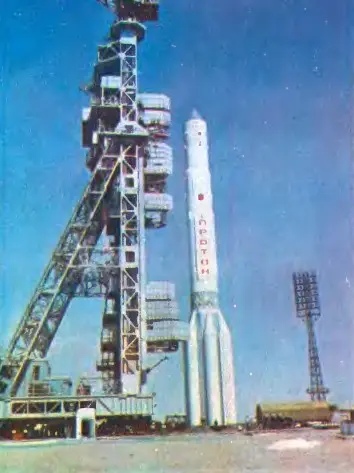Mars 96
Launch Failure
Liftoff Time (GMT)
20:48:52
Saturday November 16, 1996
Mission Details
Launch Notes
The second ignition of the Block D-2 fails, and the probe is separated from the stage due to a programming error.
Mars 96
Mars 96 was a failed Mars mission launched in 1996 to investigate Mars by the Russian Space Forces and not directly related to the Soviet Mars probe program of the same name. After failure of the second fourth-stage burn, the probe assembly re-entered the Earth's atmosphere, breaking up over a 200-mile long portion of the Pacific Ocean, Chile, and Bolivia. The Mars 96 spacecraft was based on the Phobos probes launched to Mars in 1988. They were of a new design at the time and both ultimately failed. For the Mars 96 mission the designers believed they had corrected the flaws of the Phobos probes, but the value of their improvements was never demonstrated due to the destruction of the probe during the launch phase. It was, however, a very ambitious mission and the heaviest interplanetary probe launched up to that time. The mission included an orbiter, surface stations and surface penetrators. The mission included a large complement of instruments provided by India, France, Germany, other European countries and the United States. Similar instruments have since been flown on Mars Express, launched in 2003.
Heliocentric Orbit
1 Payload
6,180 kilograms
Rocket


Manufacturer
KhrunichevRocket
Height: 56.14m
Payload to Orbit
LEO: 19,000 kg
GTO: 9,000 kg
Liftoff Thrust
9,548 Kilonewtons
Fairing
Diameter: 3.9m
Height: 10.4m
Stages
4
Launch Site
Stats
Proton-K
240th
Mission
8th
Mission of 1996
1996
68th
Orbital launch attempt